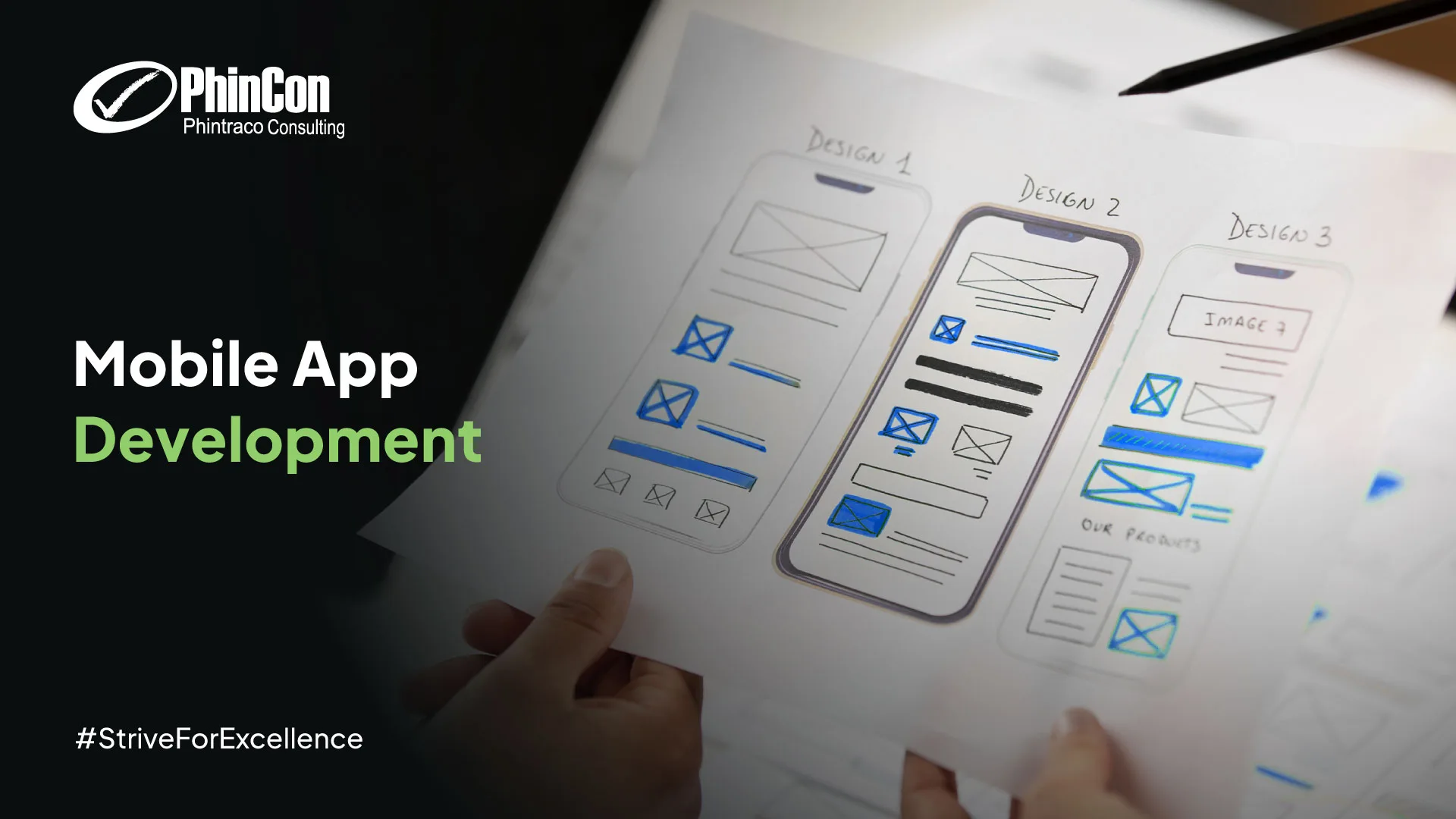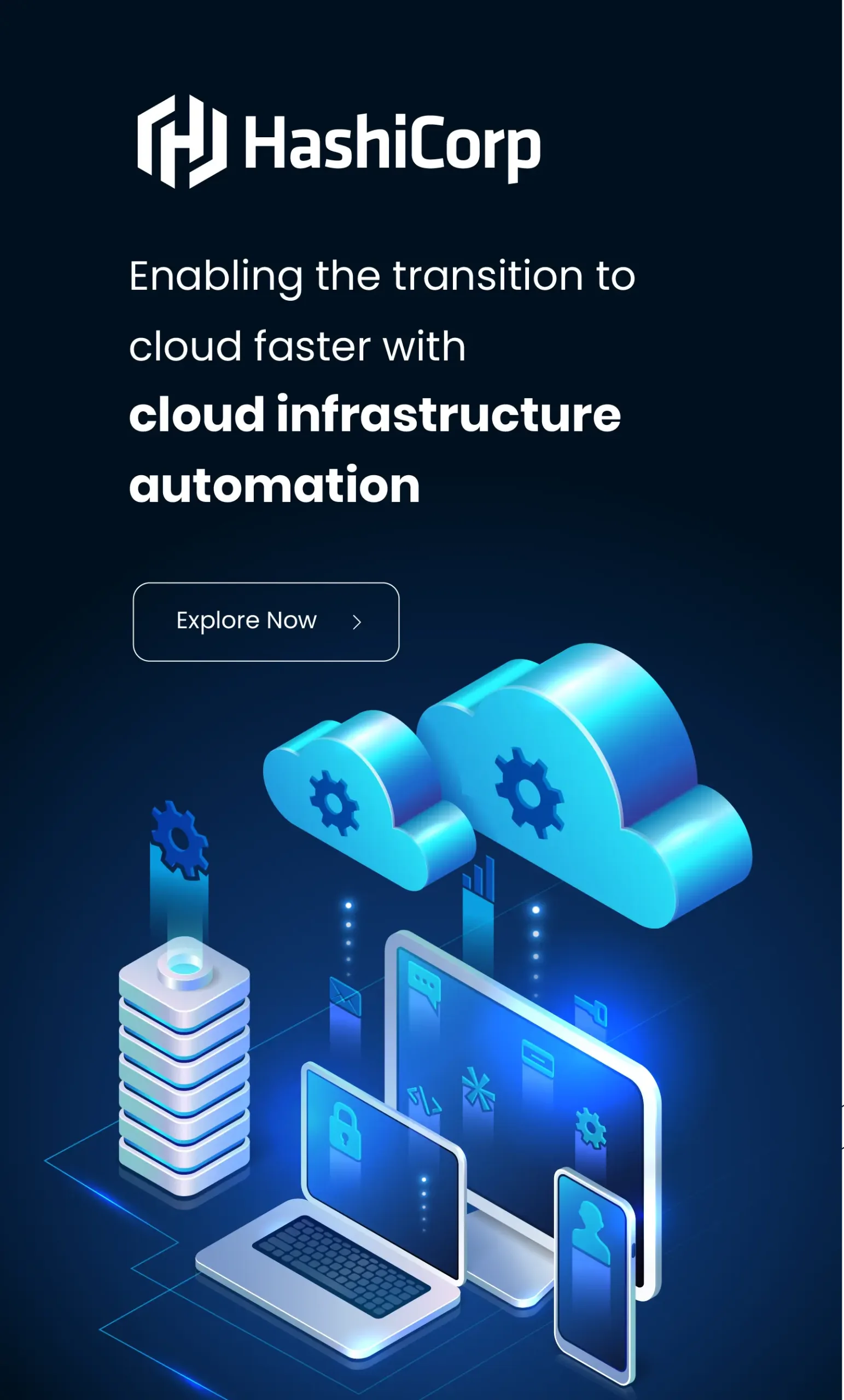Blog and News

Mobile App Development: From Idea to Launch and Beyond
According to DataReportal, there are currently 5,78 billion mobile phone users in the world, which represents 70,5% of the world’s total population. People rely on mobile apps for everything from messaging and shopping to booking rides and managing finances. Mobile app development has emerged as an important strategy for businesses to stay competitive, improve customer experience, and drive revenue. Various businesses are racing to develop mobile apps that deliver convenience, speed, and personalized experiences to meet evolving customer expectations. This article will delve deeper into the insights of mobile application development, including the cost, process, and tips to ensure a successful mobile development journey.
What Does Mobile App Development Mean?
Mobile app development is a process to create software for mobile devices, such as smartphones and tablets. Most mobile apps are developed in two dominant platforms: Apple’s iOS and Google’s Android. This process requires a deep understanding of mobile app architecture, which outlines the structural design and functional components of the application. The mobile app development process consists of several key phases, including planning, designing, coding, testing, deployment, and ongoing maintenance.
Mobile application development leverages the features in mobile devices, like camera, GPS, microphone, and other functions that are pre-built in the devices. Developing mobile apps is now one of the primary ways for businesses to interact seamlessly with their audiences through digital content and services. This makes mobile app development an essential competitive edge in the current digital era.
How Much Does Mobile App Development Cost?
The cost of mobile app development depends on factors like app complexity, features, platform, development team’s expertise, technologies required, etc. Development for the iOS platform tends to be more expensive due to the stringent requirements and guidelines set by Apple. On the other hand, development in Android may incur additional costs related to device fragmentation and testing across a wider range of hardware.
According to GoodFirms, depending on the app complexity, a basic app ranges between $40,000 to $60,000, a medium complexity app between $61,000 to $69,000, and a feature-rich app between $70,000 to $100,000. Another critical aspect is the development team chosen to develop the mobile apps. If a company decides to use outsourcing or a freelance developer, it can be more cost-effective, especially for short-term or one-time projects. However, geographical location also plays a crucial role. For example, developers in North America may charge more than their counterparts in Asia or Eastern Europe.
How Does Mobile App Development Work?
The mobile app development process involves several key stages from idea conception to launch and maintenance. The time required for mobile app development typically takes anywhere from 3–9 months, depending on the complexity, features, and requirements. Here are the stages in developing a mobile app:
Ideation or Discovery Phase
The ideation or discovery phase involves gathering insights from stakeholders, such as developers, customers, and industry experts, to identify the app’s core idea and the problem it will solve. This phase includes outlining features, technical needs, and competitor research, then turning it all into clear documentation to guide the development process.
Planning and Strategy
Next, developers gather and analyze detailed requirements to ensure the app aligns with user and business needs. This includes project scope, timelines, costs, resources, and risks in developing the mobile app. This phase outlines performance objectives, security needs, and usability criteria, ensuring the feasibility and setting a clear roadmap for development.
Design (UI/UX Design)
The design phase focuses on creating the app’s user interface (UI) and user experience (UX). It involves wireframing, prototyping, and visual design to create an intuitive, visually appealing, and user-friendly app. Designers develop user journey maps, clickable prototypes, and define visual elements like colors, typography, and layout to enhance engagement and satisfaction.
Development
This is the actual coding phase where developers build the app’s functionality using programming languages appropriate for the platform (e.g., Java, Swift, Kotlin). It includes front-end and back-end development, API integration, and continuous quality assurance through manual and automated testing to ensure the app’s functionality.
Testing
After development, the mobile app undergoes rigorous testing to identify and fix bugs, errors, and performance issues. Testing ensures compatibility across devices, a smooth user experience, and stability. This phase often includes functional testing, usability testing, performance testing, and security assessment.
Deployment
Once the mobile app is complete and stable, it is prepared to launch on app stores like Google Play or the Apple App Store. It involves complying with platform guidelines, uploading required assets and materials, and sometimes beta testing to optimize the app’s store presence for approval and user acquisition.
Maintenance and Updates
Post-launch, the app requires ongoing maintenance to fix issues, monitor performance, and adapt to user feedback. Regular updates add new features, improve security, and ensure compatibility with new devices and operating system versions, keeping the app relevant in the market.
Tips for Successful Mobile App Development
To ensure a smooth and efficient mobile development process, consider these tips to create a successful mobile app:
- Conduct Thorough Market Research: It is important to understand your target users, define clear app objectives, analyze competitors, and validate your idea early. This will ensure your app resonates with the right audience.
- Maintain High Performance and Reliability: Performance issues and bugs lead to app abandonment. For example, many users uninstall an app within a few days due to frequent glitches. Rigorous testing and bug fixing are essential to keep users from leaving.
- Focus on Security and Privacy: Implementing strong security measures, including encryption and compliance with privacy laws, is crucial to build user trust and retain users.
- Choose The Right Technology Stack: Select a technology stack that aligns with your business goals, budget, and target platform (native for performance, cross-platform for cost-efficiency).
- Consider Outsourcing: If your company lacks the expertise to build a mobile app, outsourcing might be the right solution. Outsourcing provides IT talents with expertise and experience, ensuring your mobile app aligns with your business needs.
- Avoid Feature Overload: Focus on core features that solve user problems instead of adding excessive functionalities that may confuse users.
Looking for Mobile App Developers? Let PhinCon Find the Right Fit for You
Expanding to Indonesia or seeking reliable remote IT talents? Trust PhinCon to connect you with the right talent. PhinCon Pte Ltd’s IT outsourcing service provides access to highly-skilled Indonesian IT professionals. Our IT roles include Android Developer, iOS Developer, Mobile Developer, Fullstack Developer, Golang Developer, Quality Assurance, DevOps, Business Analyst, Solution Architect, Project Manager, L2 Operation Support, and more.
Our services go beyond talent sourcing. We also offer full IT talent acquisition services to help you manage recruitment, payroll, benefits, and taxes to ensure compliance with local regulations. Looking to streamline operations further? Our BPO Services, including contact centers and customer support, help reduce costs while improving service quality. With PhinCon, you gain access to a cost-effective, high-quality workforce and an experienced local team to support your growth.
Partner with PhinCon and scale your digital transformation with the right people, at the right time, for the right cost. Contact us through email sales.sg@phincon.com for more information about our IT outsourcing service.
Editor: Irnadia Fardila
Popular Posts





